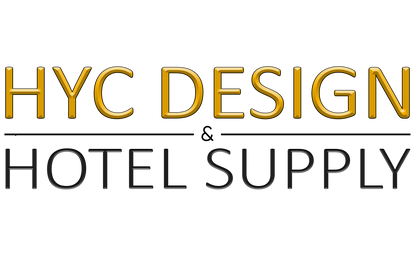PPE, short for Personal Protective Equipment was not a term used very often or heard of among ordinary civilians, that is until the COVID-19 pandemic hit. It has now become a crucial part of our everyday lives that we can't live without. Here is everything you need to know about Personal Protective Equipment (PPE).
What is PPE?

PPE is equipment one uses to protect themselves against harm, whether in hospital settings (gloves, surgical masks, etc.) or on construction sites (hard hats, steel-toed boots, etc.). Since the COVID-19 pandemic, the main PPE used as a barrier between a person's eyes, nose, and mouth and the virus are masks. Another crucial PPE equipment is gloves and hand sanitizer.
Importance of Masks, Gloves, & Hand Sanitizer



You can still spread the virus if you have no symptoms (asymptomatic) or if you have the virus, but you haven't started to show signs (pre-symptomatic) just yet. So, in order to limit the spread of the virus, it's crucial to wear a mask.
According to the Government of Canada website, "Medical gloves are essential during the COVID-19 outbreak. They help slow the spread of the disease in Canada and protect healthcare providers."
The importance of handwashing has also been highly recommended over and over again. The best way to cleanse your hands is by washing them with water and soap for at least 20 seconds. If soap and water are not available, then an alcohol-based hand sanitizer should be used.
Alcohol hand sanitizers are accessible on the go and are 99.9% effective at killing germs. Get more information about hand sanitizers
Common Mistakes

There are many common mistakes people make while using PPE. So here is a list of what not to do.
- Don’t touch yours or anyone else’s mask while it is being worn
- Don’t wear the mask under your chin with your mouth or nose exposed
- Don’t remove your mask while you are around others in public
- Don’t share your mask with family members or friends
- Avoid touching your mouth, nose, or eyes
- Don’t leave it anywhere, throw it away when you are not or finished wearing it.
Importance of Disinfection

Disinfection in non-healthcare settings is critical in limiting the potential for COVID-19 contamination in places like homes, offices, gyms, restaurants, hotels, etc. Therefore, priority for disinfection should be given to high-touch surfaces such as door and window handles, food preparation areas, countertops, bathroom surfaces (taps), personal devices, and workspaces.
The World Health Organization recommends using bleach or chlorine with a concentration of 0.1% or alcohol at 70-90% (alcohol wipes etc.) to disinfect surfaces.
Water and soap should first clean surfaces to remove dirt and then disinfect them. It is not recommended to use spray disinfectants indoors; instead, they should be applied via cloth or wipes soaked in disinfectant.
To conclude, using PPE when you need it and how you should use it will help fight the disease and protect yourself and the others from the contamination. It is crucial to follow all these rules to be safe.

